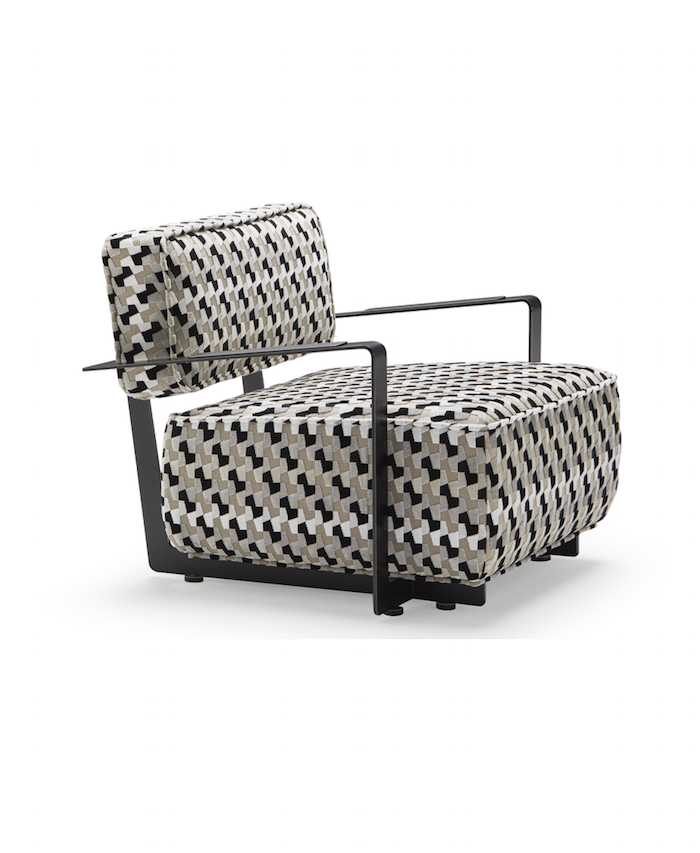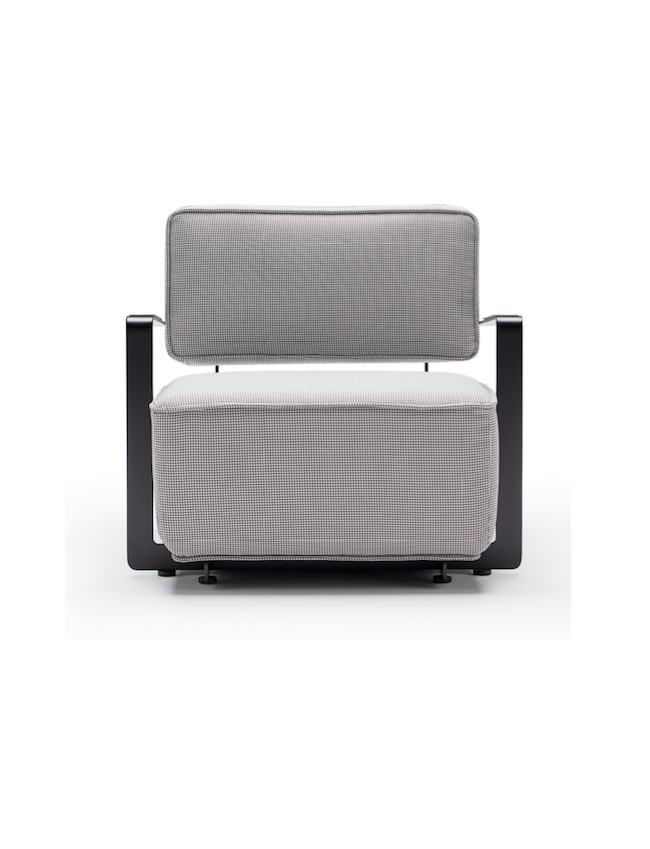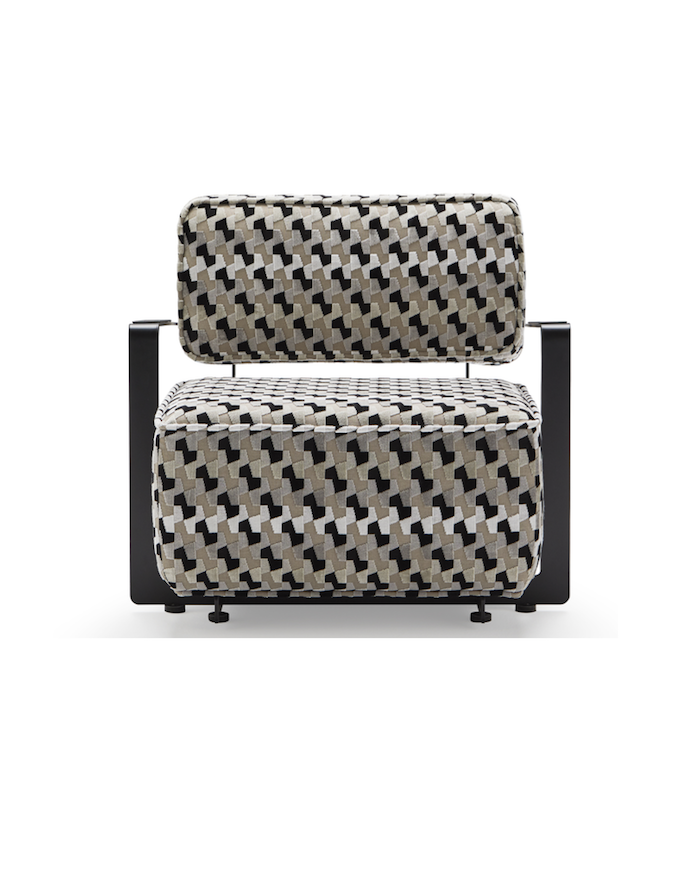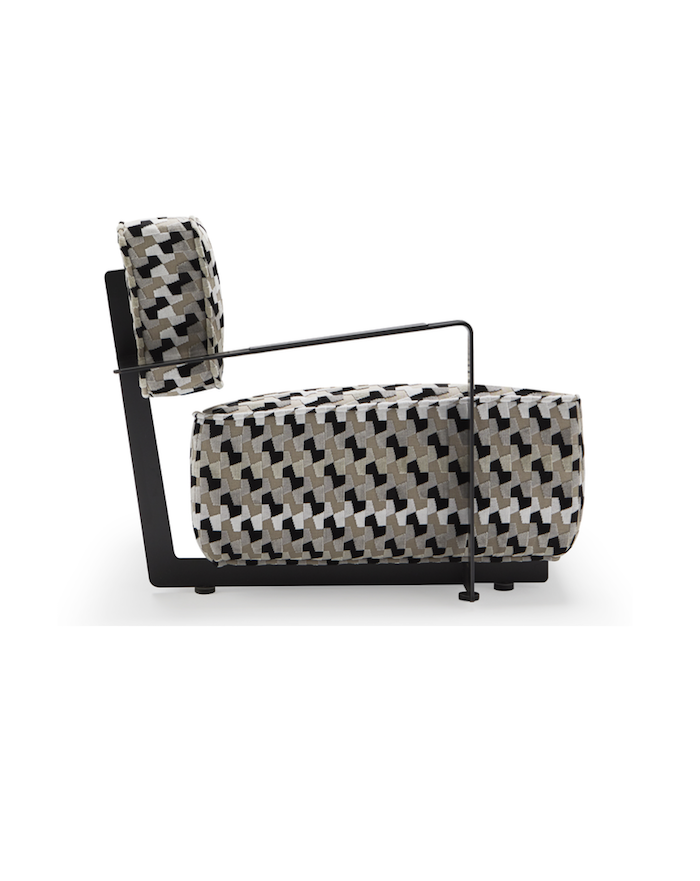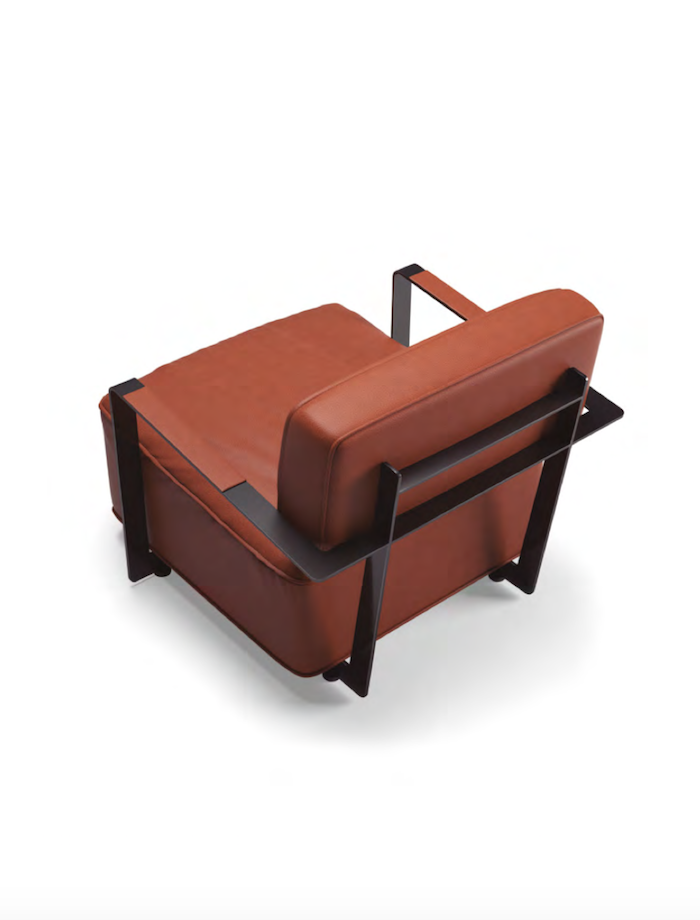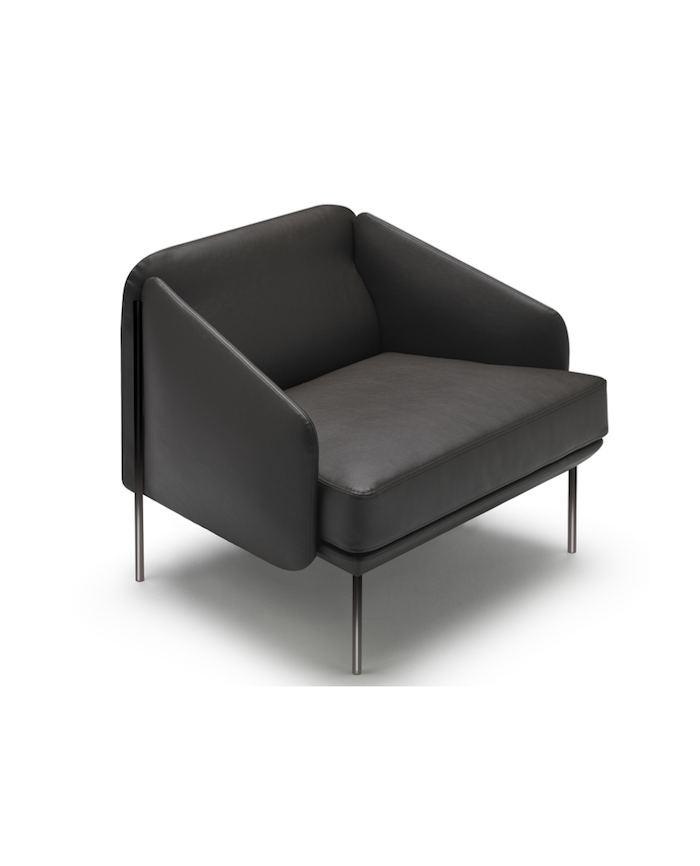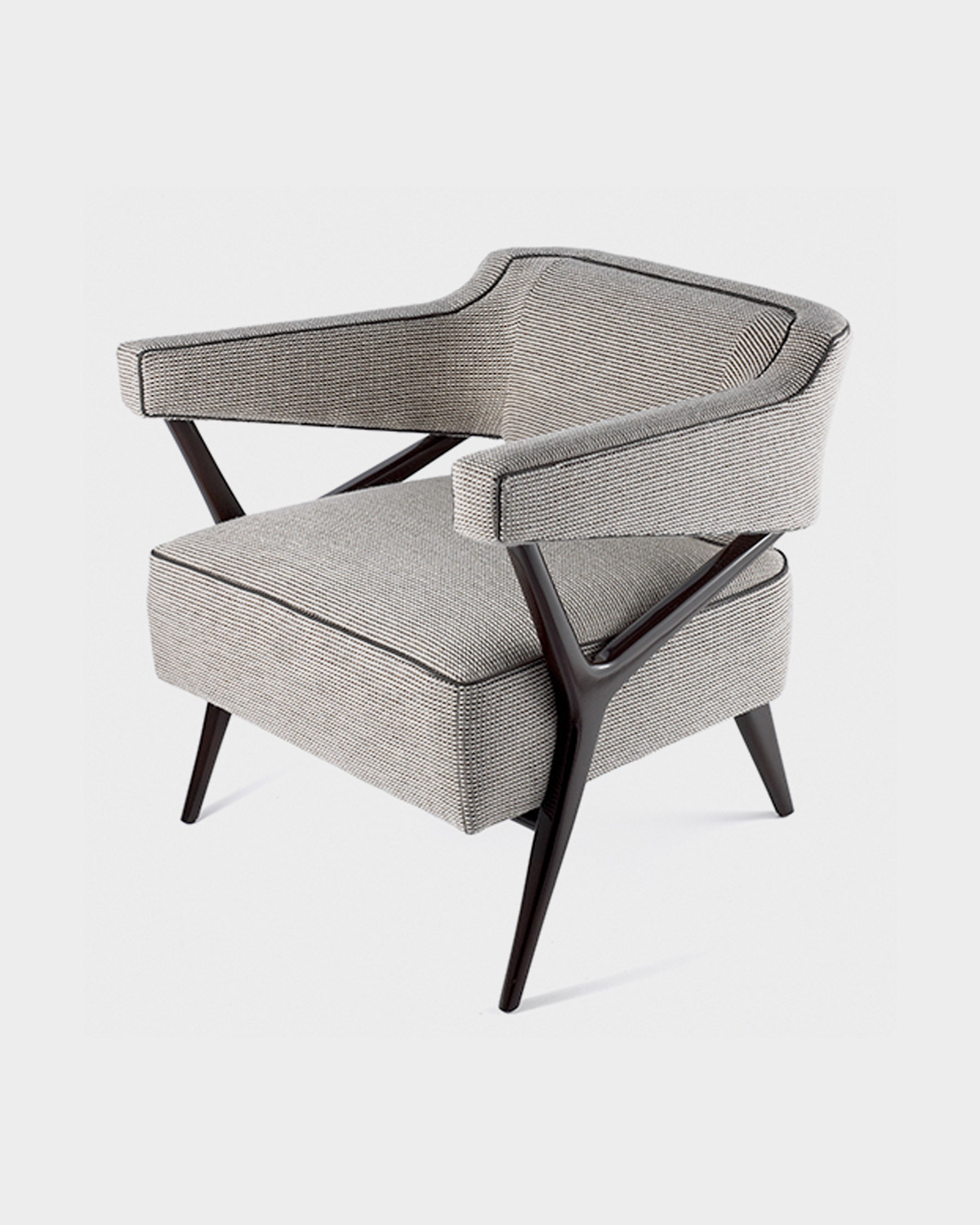Use and Care Guide
JMM
JMM furniture is constructed with strict specifications to ensure years of satisfied use. Just as with all wood products, certain care requirements and periodic maintenance are necessary in order to maintain the original appearance and function of the item.
1. Always unpack JMM furniture with care. Never use a knife or sharp object of any kind to open cartons or plastic wrapping. Tear packing tape off by hand. Protective corner blocks, bubble wrap, wooden or palletized box
are used to ensure protection during shipment.
2. Leveling furniture properly (particularly office furniture) is the most important procedure to ensure proper functioning and alignment of drawers, locks and doors.
3. Upon completing installation, wipe furniture with damp cloth (never wet) using only water, followed by a dry soft cloth.
4. Special care should be taken to protect furniture when other tasks are being performed such as painters, electricians and telecommunications workers, managing cables through the ceiling and walls, etc.
5. Wood and gloss lacquer finish are extremely susceptible to scratches from objects such as staples, paper clips, ceramic coffee mugs, flower pots, picture frames, heavy jewelry among many others.
6. Do not drag or push objects or stacks of papers across any finished surface.
7. JMM’s furniture is best cleaned by wiping the surfaces with a damp cloth, followed by a soft dry cloth in the direction of the vein of the natural wood veneer. Never use commercial cleaning chemicals, as it may damage the product finishes.
8. Remove any spilled liquid immediately using blotting paper, rather than wiping.
9. Avoid exposing surfaces to strong sunlight, extreme temperature changes, or humidity.
COM/COL/COT (Customer’s own Fabric, Trim, and Leather)
Use & Care Notice: When specifying fabrics, trims, or leather upholstery from an outside source, please refer directly to that supplier for all care, cleaning, and maintenance instructions. SVDA is not responsible for the performance, wear, or upkeep of materials not provided through our showroom or vendors
SOME FABRIC KNOWLEDGE BASICS
Probably the most important element in caring for your fabric investment is some basic fabric knowledge coupled with good common
sense.
All upholstery fabrics are vulnerable to both natural body oils and applied lotions from skin, hair, soiled hands and clothing. The inks
from newspapers or magazines that rub off on your hands while you are turning pages also come off on your chair or sofa if they are
left on the fabric.
All upholstery fabrics will fade, particularly when exposed to the sun. The degree of fading depends on the intensity and frequency of
the sunlight, whether direct or indirect, and the color. Some slight change or softening in color over time is a natural characteristic.
Part of the beauty and attractiveness of cotton, linen, wool and other natural fibers are their “living nature” their softness, breathability,
color intensity and luxurious hand resulting from the use of these “live” fibers. Because of their nature, you can and should expect
some change in texture appearance over time.
FABRIC TREATMENTS OR COATINGS
Soil repellent coatings for fabrics can help prevent dirt from settling in fibers. One type of finish or treatment may work better than
another depending on the type of stain (whether water, alcohol or oil based). These treatments are not miracle workers; they are
meant to reduce dirt absorption and staining, but that does not mean the fabric will never soil or stain. The effectiveness of the finish is
reduced over time by normal wear and abrasion and can also be removed by cleaning.
GUIDELINES ONLY
Remember that these care and cleaning notes are meant to be guidelines only. They do not substitute for the advice and work of an
experienced furniture cleaning professional. If attempting to find a professional in your area, membership in ASCR International
(Association of Specialists in Cleaning and Restoration) is often a good indication of their experience.
Print
